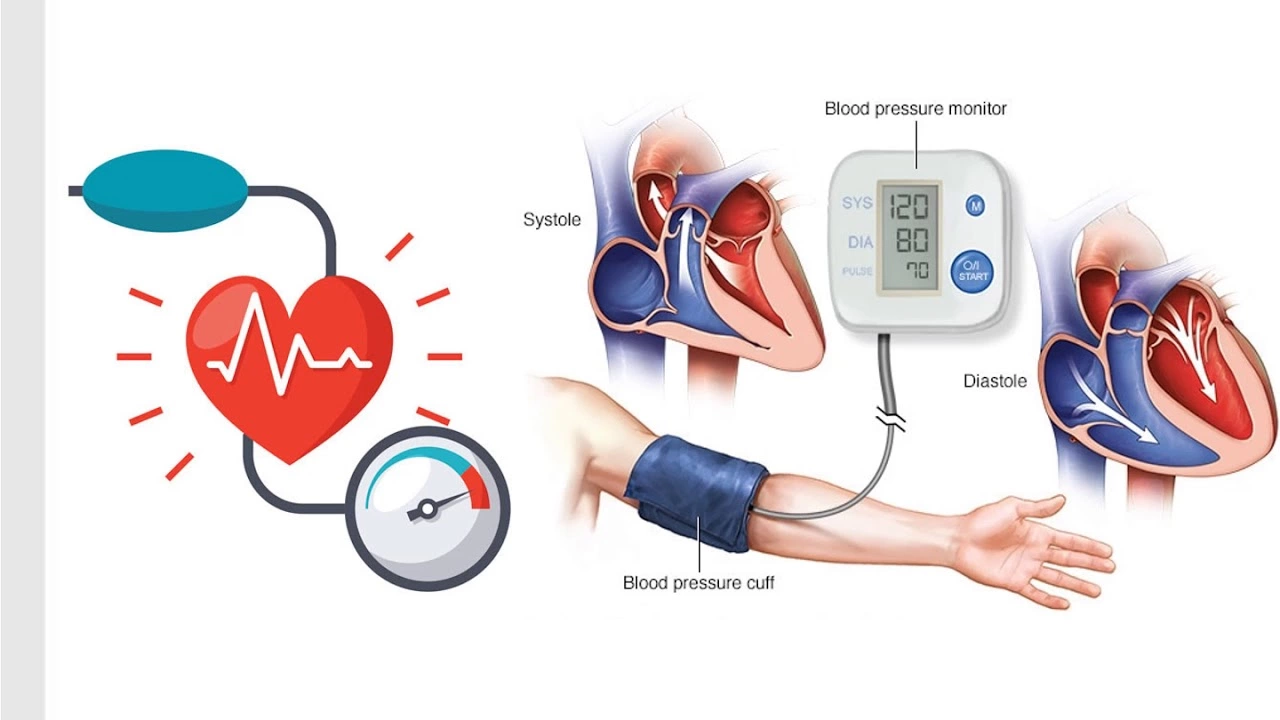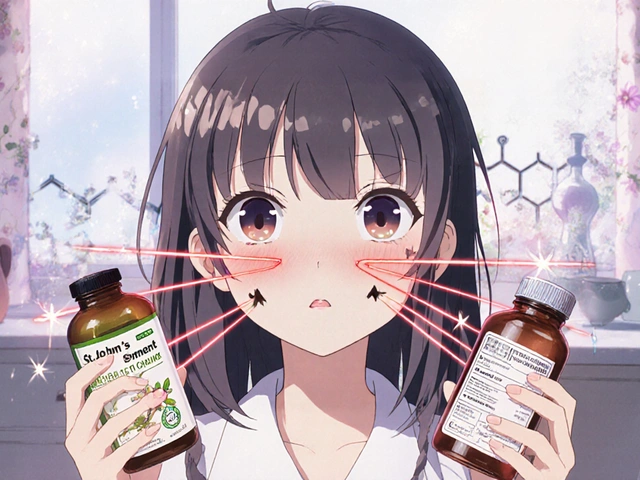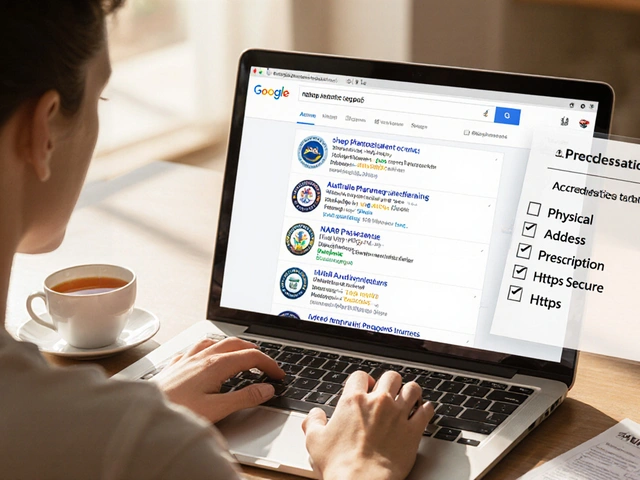Hypertension control: simple actions you can start today
High blood pressure usually gives no warning signs but raises your risk of heart attack, stroke and kidney trouble. Want a clear, practical plan? Start by knowing your numbers, then focus on a few habits that make the biggest difference.
First, measure correctly. Use an automatic home monitor with the right cuff size. Sit quietly for five minutes, rest your arm at heart level, and take two readings one minute apart. Record the average. Aim for targets your doctor sets—many people are told to keep readings under 130/80, while others aim for under 140/90 depending on age and health.
Lifestyle changes that actually work
Small, steady changes beat big, short-lived efforts. Cut salt: try to stay under 2,300 mg daily and aim for 1,500 mg if you can. Swap processed snacks for whole foods and follow the DASH pattern—more vegetables, fruit, whole grains, lean protein and low-fat dairy. Lose even 5% of body weight if you're overweight; blood pressure often drops with modest weight loss.
Move more. Brisk walking 30 minutes most days lowers readings and helps your heart. Strength training twice a week adds benefit. Limit alcohol—no more than one drink a day for women and two for men. Quit smoking; it doesn’t lower long-term blood pressure but it cuts your overall heart risk.
Sleep matters. Aim for 7 hours or more and check for signs of sleep apnea (loud snoring, daytime tiredness) because untreated sleep apnea can raise blood pressure.
Medications, monitoring and practical tips
If lifestyle changes aren’t enough, medicines help. Common classes include ACE inhibitors, ARBs, calcium channel blockers and thiazide diuretics. Each works differently; your doctor picks one based on your other health issues. Take pills exactly as prescribed—missing doses lowers their benefit fast.
Compare drug prices if cost is a concern. Generic versions are usually cheaper and often just as effective. If you buy from Mexican pharmacies, check credentials and compare prices, but always confirm the medication matches your prescription and talk to your provider about brand switches.
Keep a blood pressure log and bring it to appointments. Many clinics use these home readings to guide treatment, not just office numbers. If your BP shoots to 180/120 or you feel chest pain, severe headache, shortness of breath or numbness, seek emergency care right away.
Finally, set small goals and track progress. Cut one sugary drink, walk three times this week, or switch to low-sodium snacks. These small wins add up and make long-term control possible. Talk to your doctor about a plan that fits your life and check prices or alternatives if cost is an issue—managing hypertension is a team effort between you and your healthcare providers.






